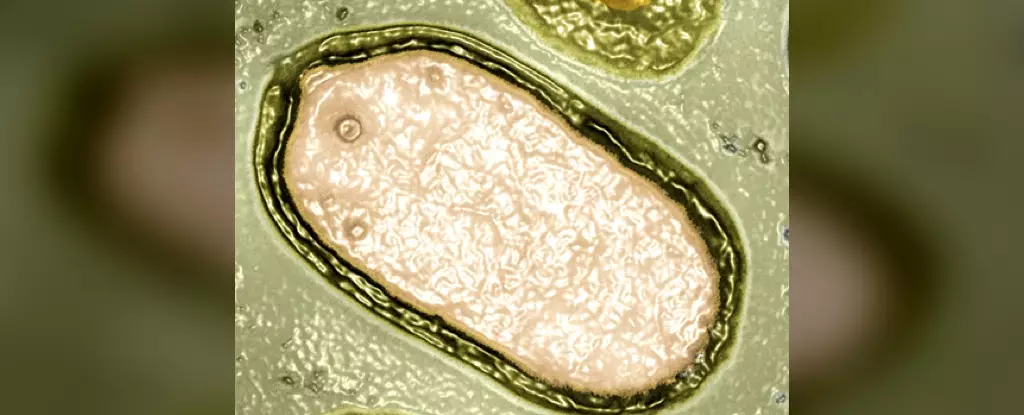In a remarkable scientific breakthrough, researchers have unveiled a cache of hundreds of previously unrecognized giant viruses lurking in the world’s oceans. Led by the diligent marine biologist Benjamin Minch and the astute virologist Mohammad Moniruzzaman from the University of Miami, this pioneering study harnessed bespoke computer software designed to decode the complex genomes of marine microbes. Their findings revealed an astonishing 230 new giant viruses, adding an entire expanse to our understanding of life beneath the waves. But why should we care? The implications of such discoveries extend beyond academia; they directly influence our health, environment, and the vibrant tapestry of life within our oceans.
Why These Viruses Matter
Understanding these newly discovered giants is not a mere scientific curiosity; it’s a pivotal piece in the larger puzzle of oceanic ecosystems. Protists, including algae and amoeba, are the unsung heroes of marine life, playing essential roles in food chains and oxygen production. However, they are under constant threat from these viral predators. Moniruzzaman aptly states that by comprehensively grasping the diversity and functions of giant viruses, we can anticipate harmful algal blooms, which wreak havoc not only on aquatic systems but also on human health—particularly in vulnerable regions like Florida. This study beckons a strong argument for increased funding and focus on marine biology; understanding these ecosystems is not only about preservation but also about safeguarding public health.
The Technological Edge
The ease of discovering these giant viruses has been amplified exponentially thanks to recent advancements in genome databases and innovative analytical tools. The significance of such technological innovations cannot be overstated; they empower scientists to unearth insights that were once buried in the sands of time. As researchers sift through seawater samples, they now possess the capabilities to monitor how these elusive giants spread and interact with their hosts. It transforms the previously laborious process into a dynamic investigation of viral life, and one must marvel at how modern technology reshapes our relationship with the natural world. This metamorphosis could lead to groundbreaking solutions for environmental issues, owing to a clearer understanding of the interplay between marine viruses and their hosts.
Viruses With a Purpose
A particularly compelling aspect of the study is the revelation that giant viruses possess genes typically associated with cellular organisms—specifically those involved in carbon metabolism and photosynthesis. This astonishing ability to commandeer their hosts’ biological machinery not only underscores the complexities of viral life but also suggests that these viruses play a significant role in marine biogeochemistry. By manipulating host metabolism, giant viruses shape the ecological dynamics of their environments. Such a realization prompts a philosophical shift in how we view viruses, traditionally cast as mere agents of disease. They are not just destroyers; they can be dynamic participants in the grand ecological theatre.
The Path Ahead: Oceanic Exploration
As Minch and his colleagues point out, this research merely scratches the surface of a vast and intricate oceanic landscape teeming with life. The ocean, a seemingly bottomless reservoir of viruses and microbes, holds the potential for untold scientific revelations. The ability to contextualize these new discoveries within the broader framework of ocean health and ecosystem interactions poses an exciting challenge for future researchers. Could we be on the cusp of turning the tide in our understanding of marine life through a concerted effort to catalog and manage viral populations?
However, the urgency of this research cannot be lost amidst enthusiasm. Environmental concerns loom large; pollution, climate change, and habitat destruction threaten marine ecosystems at an unprecedented scale. The tools and frameworks derived from studies like this one are crucial for monitoring these threats effectively. Investing in marine research is not merely an academic endeavor; it is an existential necessity for humanity, for our oceans are the lifeblood of our planet.
The tide is turning in the way we perceive our oceans—not just as vast, untamed wildernesses, but as intricate systems where even the smallest microorganisms play monumental roles. The entwined fates of humanity and the ocean demand our respect and understanding, as we embark on this exhilarating journey into the deep to uncover more of nature’s secrets.


Leave a Reply